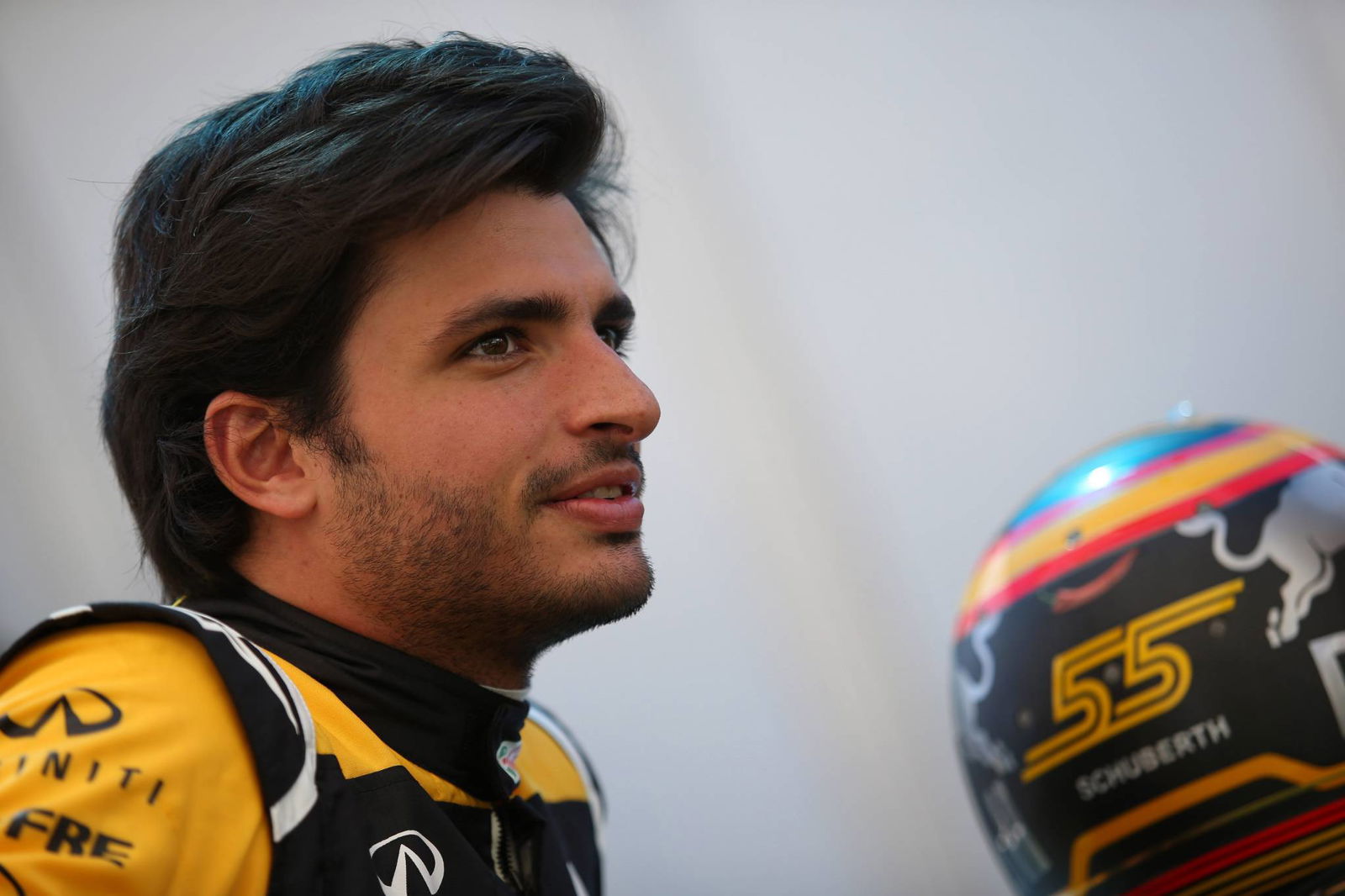Kate Walker: Happy days are here again in F1
Formula 1 is back. The F1 circus has landed in Melbourne’s Albert Park, and it is the happiest weekend of the entire season. For now, with testing but a distant memory and qualifying yet to come, every driver is a potential race winner, and every car a potential championship victor.
In the spirit of optimism and positivity, then, here are five things to get excited about for F1 2018.
Ferrari probably won’t quit Formula 1

Formula 1 is back. The F1 circus has landed in Melbourne’s Albert Park, and it is the happiest weekend of the entire season. For now, with testing but a distant memory and qualifying yet to come, every driver is a potential race winner, and every car a potential championship victor.
In the spirit of optimism and positivity, then, here are five things to get excited about for F1 2018.
Ferrari probably won’t quit Formula 1
In all of the fuss surrounding Laurent Mekies’ decision to leave the FIA and take up a new role with Ferrari, the most salient point was made by Dieter Rencken: Mekies’ move is the clearest indication we’ve had thus far that Ferrari’s quit threats are more of the endless posturing we’ve seen a million times before.
Had Mekies stayed at the FIA, he was being groomed to replace Charlie Whiting. While Whiting doesn’t seem to be planning an imminent retirement, the 65-year-old is unlikely to be serving as race director in a decade’s time. Would Mekies - an incredibly savvy individual - have jumped ship without assurances that Ferrari was going to remain in the sport beyond 2020? Rencken thinks not, and I think he’s right.
The launch of F1 TV
While the need for a straight-to-fan online subscription service was obvious to anyone raised on the internet, F1’s previous regime had no truck with what most of us saw as a license to print money.
New(ish) owners Liberty come from a content-delivery background, and one of their priorities from the get-go was an over-the-top (OTT) service that would give paying fans a better F1 experience on TV, tablet, desktop, and mobile. That service is being launched this year, with a beta version going into trials this weekend.
For around $100 per year, fans can now access F1 the way they want to, choosing onboard feeds and accessing commentary in a range on languages. The universal rollout will take some time, as existing broadcast deals need to be honoured until expiry, but the future of F1 fandom is in the hands of F1 fans - and at a much lower cost than existing TV subscription models. What’s not to like?
The grid of the future
Should Fernando Alonso and Kimi Raikkonen leave Formula 1 at the end of the season (entirely possible in both cases, although for different reasons), Lewis Hamilton will be the oldest driver on the grid. For anyone who remembers the Briton’s 2007 debut, that’s the sort of fact that makes one feel ancient.
For Hamilton to be a granddaddy of the sport means that the current grid is comprised of the next generation of F1 superstar. We’ve already discovered what an exciting talent Max Verstappen is to watch, and last year we were treated to glimpses of excellence from Esteban Ocon (who himself beat Verstappen in F3). This year we’ve got F2-dominator Charles Leclerc to get excited about, while established drivers like Valtteri Bottas and Daniel Ricciardo will be duking it out for seats at the top teams in 2019.
The future’s bright, the future’s orange. And French, and Finnish, and Aussie. The future is here, and that’s thrilling.
The return of the French Grand Prix
Grand prix racing originated in France - the clue is in the name. The first motor race to be called a grand prix was held in France, French marques have been integral to the history of the sport, yadda, yadda, yadda.
That we allowed the French Grand Prix to fall off the calendar was a travesty, but at least it’s one we have now rectified. Paul Ricard may not be everyone’s first choice circuit for a race (my vote would be for Le Mans, as a nod to the sport’s Sarthe birthplace), but F1 is coming home at long last.
A 21st-century sport
Under the old regime, social meant a party and an influencer was the scary looking man built like a doorman with a concealed weapon in his briefcase. Since Liberty took the reins at the start of 2017, however, Formula 1 has become the fastest-growing sport on social media (thanks in part to the fact we were starting at effectively zero).
Boosting that social presence, this year will see F1 welcoming capital I influencers into the paddock, with local lifestyle vloggers and Instagram stars invited to the race so that they can create content and share it among their networks, boosting the sport’s profile among a demographic that has shown little interest in Formula 1 so far
Engineered Insanity. A new era of #F1 begins today at the #AusGP. pic.twitter.com/tRRHtG9JQa
— Australian Grand Prix #AusGP (@ausgrandprix) March 22, 2018
We now have a marketing department, and if the Australian Grand Prix is anything to go by, it will be hard to ignore F1’s presence in grand prix cities this year. Melbourne is plastered with F1 billboards, both official ones trumpeting ‘Engineered Insanity’ and sponsor-specific ones tailored to the local market.
You have to spend money to make money, the adage goes, and initial indications are that F1 is a sport sure to grow.

